Civil War Battle Flags
This is a brief Introduction to Civil War battle flags...
Battle flags served some very simple purposes. They allowed commanders viewing the battlefield to see how their various units were doing. Were they advancing? Were they falling back? Did they need support? Being able to visualize this type of information quickly, made the battle flags important.
Also, the Civil War battle flag was important to the soldiers; because, in the roar of battle, orders could not be heard, but by watching the flag, a soldier could see what he needed to do. The flags, gave soldiers a rallying point if they happened to get separated from their unit in the confusion of battle.
Lastly, Civil War battle flags were, psychologically, very important to the common soldiers. The flags were symbols of pride and honor, and held great value to the men who fought under them. A very good illustration of the meaning of the battle flag is found in Joshua Chamberlain's account of the Confederate surrender at Appomattox Court House, "Lastly, — reluctantly, with agony of expression, — they tenderly fold their flags, battle-worn and torn, blood-stained, heart-holding colors, and lay them down; some frenziedly rushing from the ranks, kneeling over them, clinging to them, pressing them to their lips with burning tears. And only the Flag of the Union greets the sky! "
Famous Battle Flags
The stories involving these Civil War battle flags, however, is what makes them so interesting. Here is a story of the brave men who carried one Union battle flag during the Battle of Gettysburg:
"...carried by Color-Bearer Abel G. Peck, a tall, straight, handsome man, and as brave a soldier as ever gave up his life for his country.
He was instantly killed almost at the beginning of the famous charge of the Iron Brigade. The flag was then seized by Private Thomas B. Ballou, who was desperately wounded immediately after, and died a few weeks later. The flag was then carried by Private August Ernst, who was instantly killed. Corporal Andrew Wagner then took the colors and carried them until shot through the breast, from the effects of which he died about a year after the close of the war.
When Corporal Wagner fell, Colonel Henry A. Morrill took the flag, and gallantly attempted to rally the few survivors of the regiment. But Private William Kelly insisted on carrying it, saying to Colonel Morrill, " You shall not carry the flag while I am alive." The gallant fellow held it aloft and almost instantly fell, shot through the heart. Private L. Spaulding then took the flag from the hands of Kelly, and carried it until he was himself badly wounded. Colonel Morrill again seized the flag, and was soon after shot in the head and carried from the field.
After the fall of Colonel Morrill, the flag was carried by a soldier whose name has never been ascertained. He was seen by Captain Edwards — who was now in command of the regiment — lying upon the ground badly wounded, grasping the flag in his hands. Captain Edwards took the flag from him and carried it himself until the few men left of the regiment fell back and reached Culp's Hill. Captain Edwards is the only man who is known to have carried the flag that day, who was not killed or wounded."
The dedication of the southern soldiers to their Confederate battle flags was no less impressive. At the Battle of Antietam, the 1st Texas Infantry followed their flag into the carnage of the Cornfield. Leading their advance was, of course, their regimental battle flag. Color-bearers fell one after the other, and by the end of the day, the 1st Texas had lost nine color-bears. Worse still, the flag was left behind in the Cornfield, but the loss of the flag was minimal compared to the fact that the regiment left more than eighty percent of the 227 men who went into the battle in the Cornfield with their flag. After the battle, a Union soldier found the lost flag of the 1st Texas, and he said that, "...thirteen men lay dead within touch of it and the body of one of the dead lay stretched across it."
Without a doubt, no symbol from the war better represents the courage and sacrifice of the men who fought, than the Civil War battle flags they fought under.
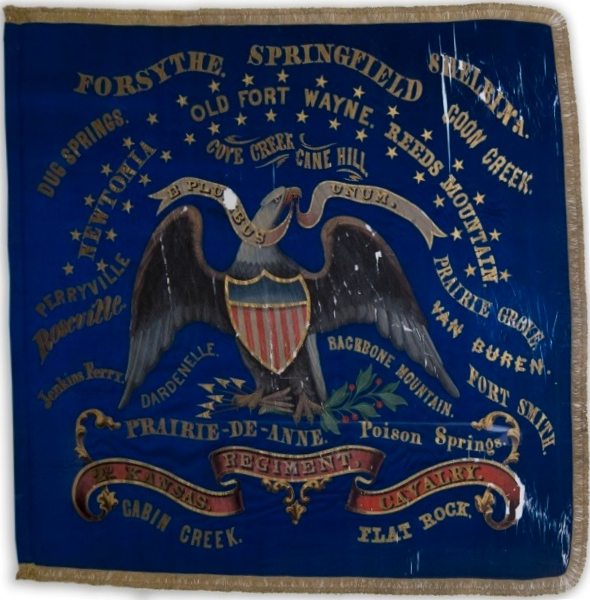
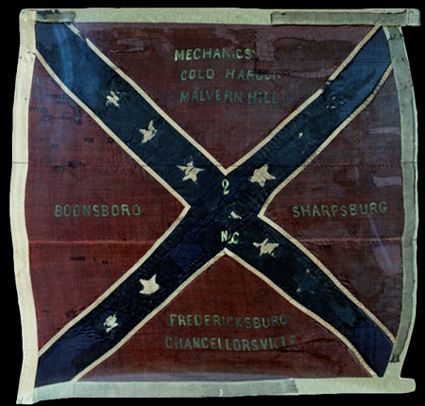

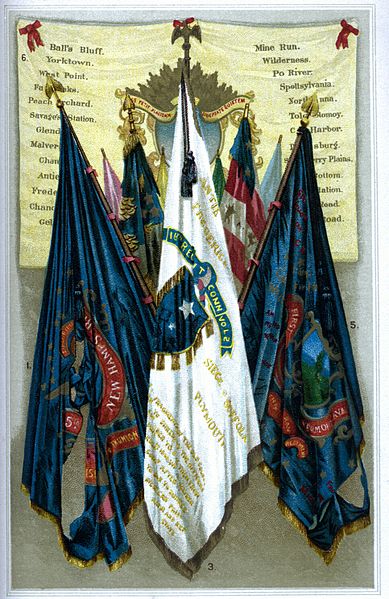
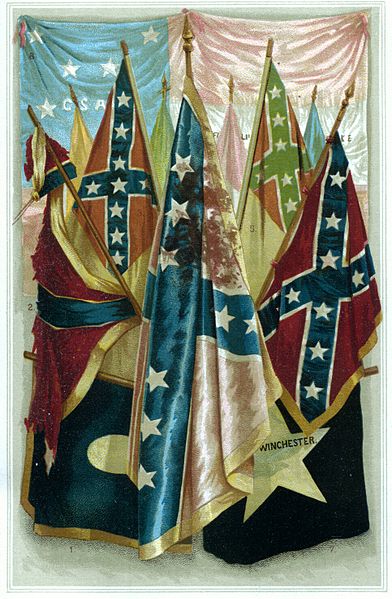
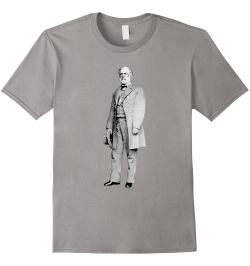
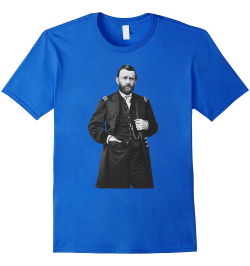

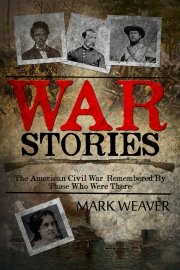
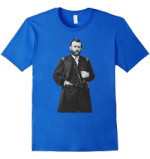
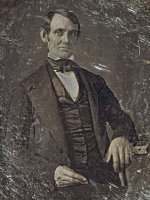
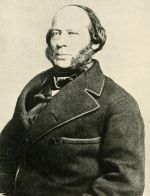
New! Comments
Have your say about what you just read! Leave me a comment in the box below.